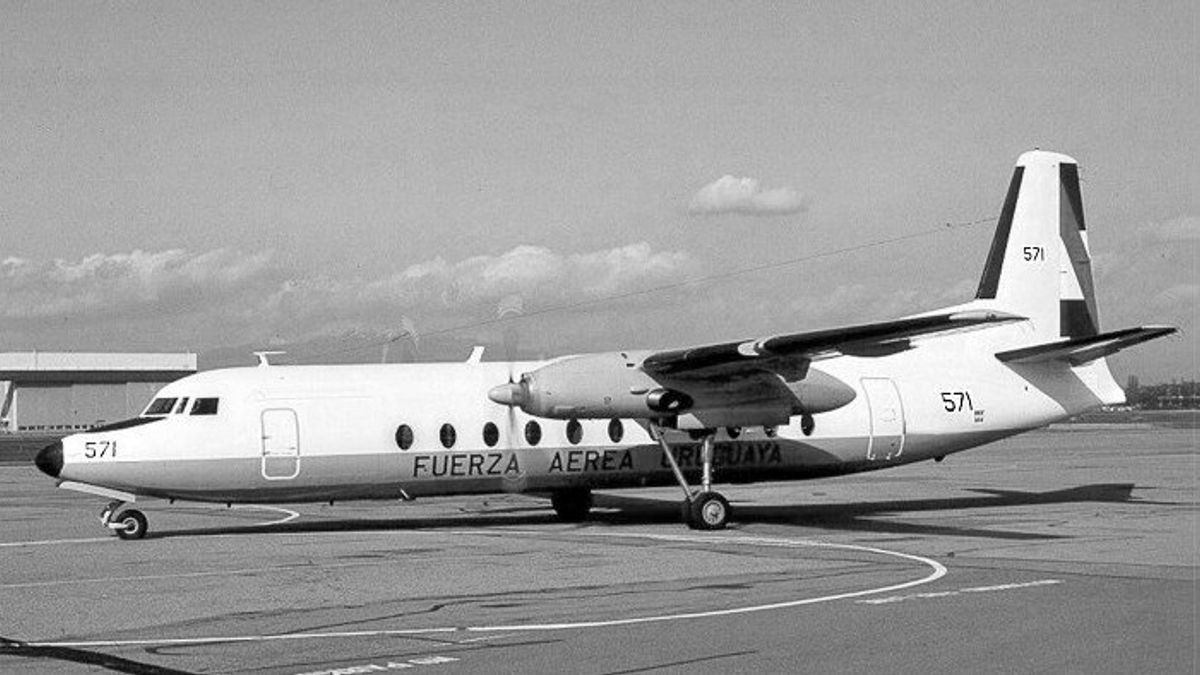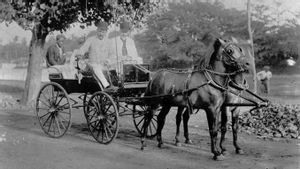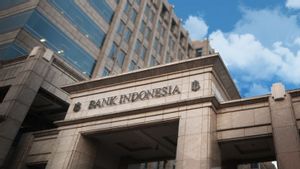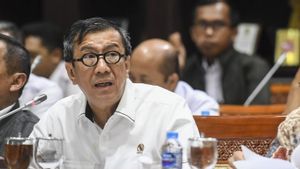JAKARTA - On December 22, 1972, the Chilean Air Force found 14 survivors of the Uruguayan Air Force plane crash that crashed in the Andes Mountains, Argentina. The first news of survivors came when two victims appeared after traveling for ten days for assistance.
The two men, Roberto Canessa and Fernando Parrado then called emergency services and directed them to the wreckage. As many as six other people also managed to survive.
They were flown by helicopter to a hospital in San Fernando. The other eight who are still in the mountains are receiving medical care until weather conditions allow them to be saved.
The Uruguayan Force Air plane crash, which is also called the "Miracle of the Andes" or "Spanish El Milagro de los Andes" was the flight that the Uruguayan amateur rugby team took. The plane crashed into a mountain causing damage to the right wing.
Apart from the right wing, the plane's left wing was also damaged after crashing into a remote valley in Argentina near the Chilean border. A search for the plane was carried out, but the last reported location was wrong.
Rescue efforts shifted to the Andes. Survivors also said they saw several planes flying. However, the snow-capped mountains put the search on hold.
Besides, the harsh environment made many people suspect that no one would survive. After eight days, the search was stopped.
Effort to survive until eating bodiesCiting Britannica, Tuesday, December 22, the accident initially killed 12 people and 33 people survived. Some of them were injured.
At an altitude of about 3,500 meters, survivors face snow and extremely cold temperatures. The airframe was largely intact, providing them with limited protection from the chill of the snow mountains.
But the problem becomes more apparent when the meager supply of food runs out in about a week. After a long discussion, the starving survivors were forced to eat the bodies of the dead victims.
Over the next several weeks, six other people died. Further troubles hit October 29, when an avalanche buried the fuselage and eight people died.
The confession of the survivors who ate the bodies of the victims provoked an international reaction, until finally one of the survivors claimed that they were inspired by the Last Supper, in which Jesus gave his disciples the bread and wine he declared his body and blood.
The explanations helped to influence public opinion and the church then freed the people. One of the survivors, Roberto Canessa, also rejected claims that what he and his colleagues were doing was cannibalism.
Canessa argues that cannibalism is when he kills someone to eat. But his condition at that time the survivors ate their colleagues who died in the accident.
"I've been discussing this for 40 years. I don't care. We have to eat a corpse and that's all (that can be done). The meat contains the protein and fat we need, like beef. I'm also used to medical procedures so it's easier. for me to make the first cut, "Canessa said in an interview conducted by National Geographic.
"People often say, 'Oh, you survived because you ate someone.' "But for me, that's not the strongest part. I think we survived because we were a team and because we made it out of the mountain," he added.
This unforgettable accident was the basis for the writing of a number of books and films, including Piers Paul Read's best-selling book Alive (1974), which was adapted for a feature film in 1993. In addition, some survivors also wrote books to tell their stories.
The English, Chinese, Japanese, Arabic, and French versions are automatically generated by the AI. So there may still be inaccuracies in translating, please always see Indonesian as our main language. (system supported by DigitalSiber.id)









